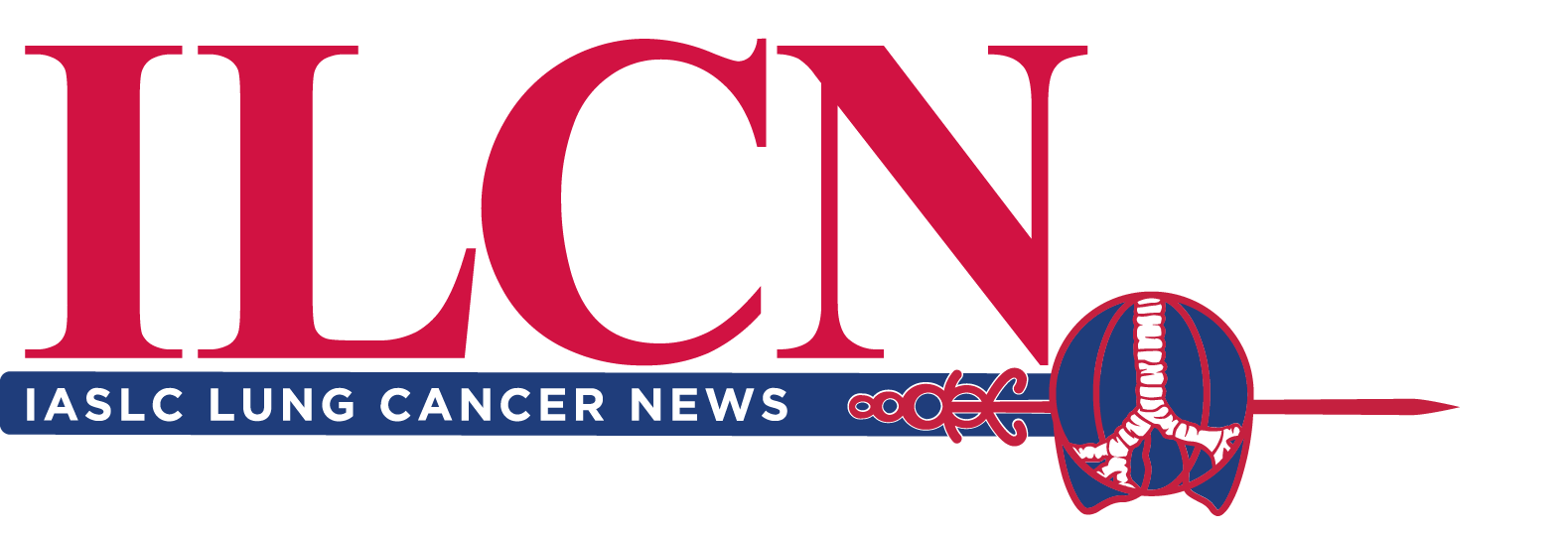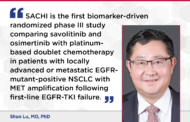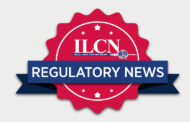Financial toxicity resulting from medical care costs can create financial strain, lead to adverse health outcomes, and cause psychological distress for both patients with cancer and their caregivers. A session co-chaired by patient advocates, Kim Norris and Angeline Low, explored perspectives beyond the conventional understanding of who is impacted by the costs of lung cancer care and how these impacts are experienced.
The session, titled Financial Toxicity, Clinical Communication, and the Needs of Patients and Caregivers, took place during the 2024 World Conference on Lung Cancer. It highlighted the voices and needs of patients and caregivers, offering a comprehensive and nuanced perspective on the current paradigms for capturing and reporting the patient-caregiver experience and their needs in practice.
Data From a Pragmatic Clinical Trial Identifies Symptom Burden in Young Patients with Lung Cancer

The common perception is that cancer, including lung cancer, primarily affects older individuals. While cancer is more common in people ages 65 years or older, lung cancer can and does, occur in younger individuals as well. Recent studies indicate a rise in lung cancer cases among younger populations with no smoking history.
To address the knowledge gaps in our understanding of the symptom burden associated with lung cancer in patients under the age of 50, Katie E. Smith, MD, Medical Oncologist at the Mayo Clinic in Rochester, Minnesota, and her colleagues utilized data from the Enhanced, EHR-facilitated Cancer Symptom Control (E2C2) real-world clinical study. They examined how six symptoms—sleep disturbances, pain, physical function impairment, anxiety, depression, and fatigue (collectively referred to as SSPADE)—were assessed and managed by clinicians.
The dataset comprised 5,039 patients diagnosed with lung cancer. About half (53%) of the patients were female, and 7% were under the age of 50. The SSPADE evaluation indicated that younger patients were more prone to experiencing severe anxiety. Women exhibited a greater likelihood of anxiety and depression, regardless of age; however, the incidence of severe pain and insomnia was notably higher among younger women.
“Ultimately, these results may inform and help create more tailored plans for patients to have better access to supportive care resources and, hopefully, an improved quality of life,” Dr. Smith said.
A New Standardized Metric for Measuring Time Toxicity Associated with Lung Cancer Clinical Trial Participation
As therapy for lung cancer therapy grows increasingly personalized, the design of clinical trials for the next wave of treatments is becoming more complex. Trials now include extended screening periods to assess eligibility, as well as a variety of pre-, during-, and post-treatment evaluations. Additionally, participants must consider the amount of time spent traveling to and from trial sites.
The need to alleviate the operational burden associated with clinical trials for patients and caregivers is receiving heightened attention; this is the focus of the Streamlining Clinical Trials Working Group of the U.S. National Cancer Institute.
However, there is currently no standardized mechanism to quantify or communicate the time toxicity of trial participation, according to Amanda Hermann, MD, a Hematology and Oncology Fellow at the University of California San Diego.
Dr. Hermann outlined how she and her colleagues developed a quantitative metric for patient-level time costs, which they termed “time toxicity.”
Dr. Hermann and her colleagues assigned time toxicity units (TTUs) based on publicly available information regarding protocols for 32 trials related to the FDA approvals of 18 oral targeted lung cancer therapies. Each TTU represented half-hour time increments for all study-mandated procedures. They calculated the total time toxicity by utilizing the TTUs for each procedure along with the frequency of those procedures.
The total time toxicity was 85, 73, and 73 for phase I, II, and III trials, respectively. The greater time cost of lung cancer trials concomitant with increasing complexity was highlighted by the significantly greater time burden across studies of all phases published between 2015 and 2024, compared to 2005-2014.
Dr. Hermann and her colleagues plan to conduct analyses on patients with lung cancer who have received intravenous chemotherapy and immunotherapies. Additionally, they will prospectively validate the TTU.
In addition, the session also addressed the broad multi-domain impacts of lung cancer on caregivers, identified gaps and opportunities for enhancing the collection of patient-reported outcomes, and examined how provider communication strategies influence shared decision-making.





